If you’re a manager or team lead, handling employee performance issues is the toughest part of your job. The reasons for performance issues vary. Part of the difficulty in managing them lies in the delicate balance of ensuring work meets a certain standard, while giving the employee a fair chance to turn around chronic shortfalls.
It’s important for a team leader to identify performance issues quickly. If you don’t, issues could spread and negatively impact other team members, the department, or even the business as a whole. According to data from the Eagle Hill National Attrition Survey, 68 percent of respondents say poor performers lower overall workplace morale.
Just so you know…
Make performance reviews painless with Jotform’s custom evaluation forms and tracking tools.
To properly handle employee performance issues, you must first understand the root causes. Once you’ve identified those causes, you’ll be better equipped to address the issues. Ultimately, this will help you decide what to do to help employees turn their performance around or navigate tough decisions about their future with the company.
What are the causes of poor performance?
First, let’s acknowledge that as frustrating as it is for a manager to deal with an employee’s performance issues, it’s probably just as frustrating for the employee. Employees are often acutely aware that they are having a rough go of it and, with a few exceptions, want to do a better job.

The labor landscape has changed drastically over the last year, with the shift to remote work occurring just about everywhere. Evaluate performance issues in a way that takes that shift into account. For example, work-from-home environments present unique challenges. Also, with remote work, the kind of collaboration and feedback an employee participates in can have an outsize impact on both performance and trust.
With these things in mind, the first order of business is identifying exactly what caused your employees’ poor performance. Here are four underlying factors that could be involved:
- Personal issues. Whether it’s a divorce, the death of a loved one, depression, or something else, personal issues often have an adverse effect on work performance. In fact, according to research by Bensinger, DuPont & Associates, almost half of all employees acknowledge that personal issues affect their work performance.
Being sympathetic to employees as they deal with personal issues is OK. But this doesn’t mean you should start playing therapist. In your role as a manager — particularly when dealing with performance issues — focus only on the facts and circumstances related to addressing poor performance. - The right skills/knowledge to do the job. There are a variety of reasons an employee might find themselves in a role where they are under-performing. Perhaps they were promoted too soon, had a problem picking things up, or failed to handle the pressure of a new role and its associated responsibilities.
In any case, observing how employees are fulfilling their duties (including how they interact with customers and/or clients), will give you a sense of whether their skills are up to the job. 360-degree feedback from coworkers can also shed light on the kind of training your employee may need. - Lack of accountability or motivation. In some cases, the reason an employee performs poorly is because they aren’t motivated to do the job or don’t have any ownership in the results of their efforts. There are different reasons (such as a value mismatch or a lack of results) an employee may not be motivated. It’s important to understand and identify the reason so you can address poor performance with the proper strategy.
- Team dysfunction. When team members don’t get along, form cliques, or refuse to work with one another, this can have a debilitating effect on employees. They may think the work they do won’t matter because there’s no individual accountability or the team has a reputation for poor performance, dysfunction, or politics.
What can you do to clear the way for improved performance?
Handling performance issues isn’t easy. You’ll need to have some hard conversations with your employee. There are a few items you should incorporate into your plan to ensure your employee has the support they need, while protecting yourself and your company from potential liability.
Goals
Let’s say you’ve identified a performance issue and your employee is ready to do their best to correct it. Now what?
Establish clear goals (and metrics, if relevant) that your employee should aim for. By documenting, in writing, the goals your employee needs to achieve, you’ll give them an outline to correct their performance. Discuss what’s being measured, how often measurement will take place, and what success will look like.
This lets your employee know, in a clear way, the expectations you and your company have of them moving forward. If the performance issues persist and you decide to terminate the employee, this written documentation will help protect your company from a potential lawsuit.
Pro tip
When creating goals for your employee, reflect on the role you play in their performance. Ask yourself if you’re doing the right things to support your employee. This should help you confirm that the goals you’re setting are consistent with the expectations you and your employee have.
Communication

Communicating with your employees is vital. You should already be having regular one-on-ones with all of your employees.
When performance issues arise, the proper communication — and the frequency of it — becomes imperative. Communication during your check-ins should be results focused, specific to the duties of the role, and fact based (removing emotion as much as possible).
Be careful not to bring personal bias into your discussion or personal issues the employee may be dealing with. Otherwise, you risk a potential discrimination or wrongful termination lawsuit if the performance issues continue and you terminate the employee.
Pro tip
When discussing performance issues that have occurred in the past, ask your employee what should have happened to mitigate or fix the issue or issues. Their answers may be a clue as to whether they’re properly diagnosing the issue, the causes, and, perhaps, if they’re focused on the right approach moving forward.
Support
Does your employee have the support they need to do their job? Consider whether there are solutions, such as an online training course, remote check-ins with an HR representative, or even something like an ergonomic keyboard that would help them do their best work. Get their input.
Discussing possible support mechanisms ensures you give your employee every chance to succeed. Plus, leadership will be more comfortable making informed decisions whichever route you choose to go.
Pro tip
If you or your HR team know that personal issues may be affecting your employee, make sure the employee is aware of available resources such as company sponsored EAP programs or counseling services through company benefits. However, it’s wise to keep the personal separate from the business results that need to be produced at the end of the day.
How to move forward when dealing with performance issues
Regular performance reviews benefit all employees whether they’re annual, biannual, or less formal and more frequent. When issues crop up, performance discussions and the management software you use to document them become reference points to help you determine next steps.
Here are a couple of ways a modern management tool can assist with conducting employee reviews and handling employee performance issues:
- Use Jotform Tables to easily note your employee’s progress toward the goals set in your plan to rectify performance issues (or their annual review goals). As an example, compare the notes you’ve collected from your one-on-ones in one tab and the employee’s results in another tab. You can then easily link relevant details within your table to create a final report when it’s time to determine the direction you need to take.
- You can create 360-degree review and online performance evaluation forms, and send them to relevant stakeholders in a matter of minutes. The team feedback will help you create a continuous framework that paints a full picture of your employee’s performance before and after issues arise.
Finally, if your employee still struggles to correct their performance issues, you can implement a performance improvement plan (PIP). A PIP is essentially a formal and final step that documents the issues at hand. In fact, the plan you share with your employee to rectify performance issues can be classified as a PIP.
While PIPs have often been known to precede termination, they can be a motivating force for an employee. The ultimate goal is to properly address your employee’s performance issue, so if they successfully complete the PIP, your organization gains a more driven employee — and your employee has a documented record of their improvement.
Learn more about how you can use Jotform for your performance management workflow today!



























































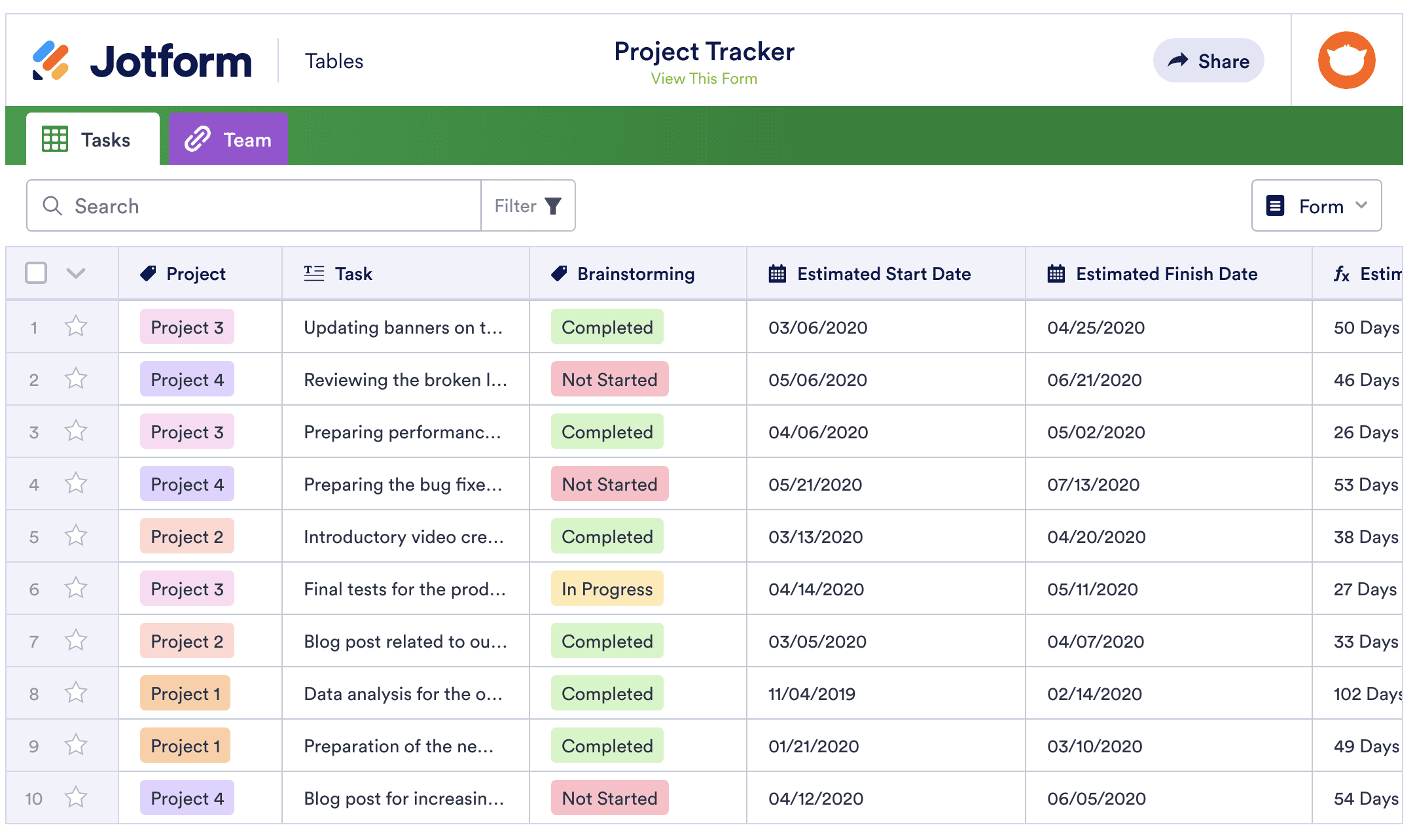







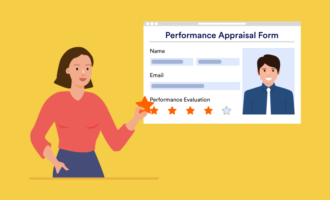
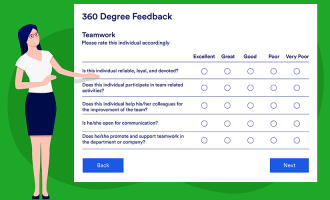





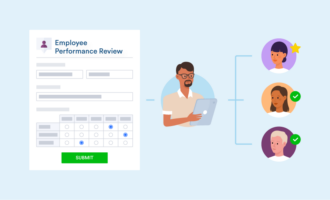




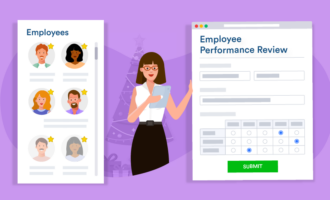

Send Comment:
1 Comments:
More than a year ago
Employee performance issues can be difficult to deal with because they can be hard to define and difficult to address. Some good ways to handle employee performance issues are to set clear expectations, provide feedback, and offer coaching. You should also do your best to listen to employees who have concerns about their performance. Sometimes you need to take a step back and let employees know that you are willing to listen to them and help them improve their performance. The working environment is one of the top factors to consider. Making sure it isn't noisy or dull will help a lot to get the focus and concentration that you need. And when working in an office where a lot of things are taking place all at the same time, it is pretty hard to achieve a peaceful working environment. But I've found out about these Soundproof working booths from a lot of companies, which they have been using whether for simple phone calls and solo or group meetings. And one trusted brand I saw is from Soundbox Store which has been installed in a lot of various known companies and brands from all over the world. This may help you or your employees too, so you might want to consider having one.